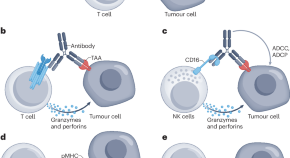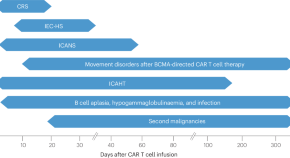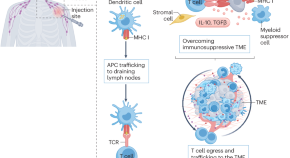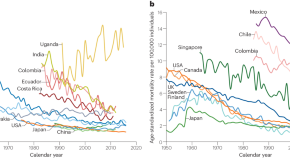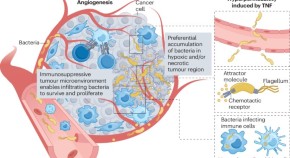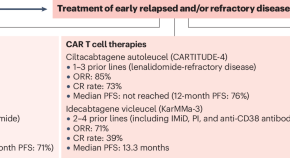

Featured

Announcements
Advertisement
-
-

Spatial landscapes of cancers: insights and opportunities
Solid tumours are complex ecosystems comprising many different cell types with spatially structured arrangement. The authors of the Review describe how single-cell and spatial profiling tools have been applied to understand the cellular architecture of the tumour microenvironment. These approaches have potential to improve the way cancer is diagnosed and treated.
-
-

